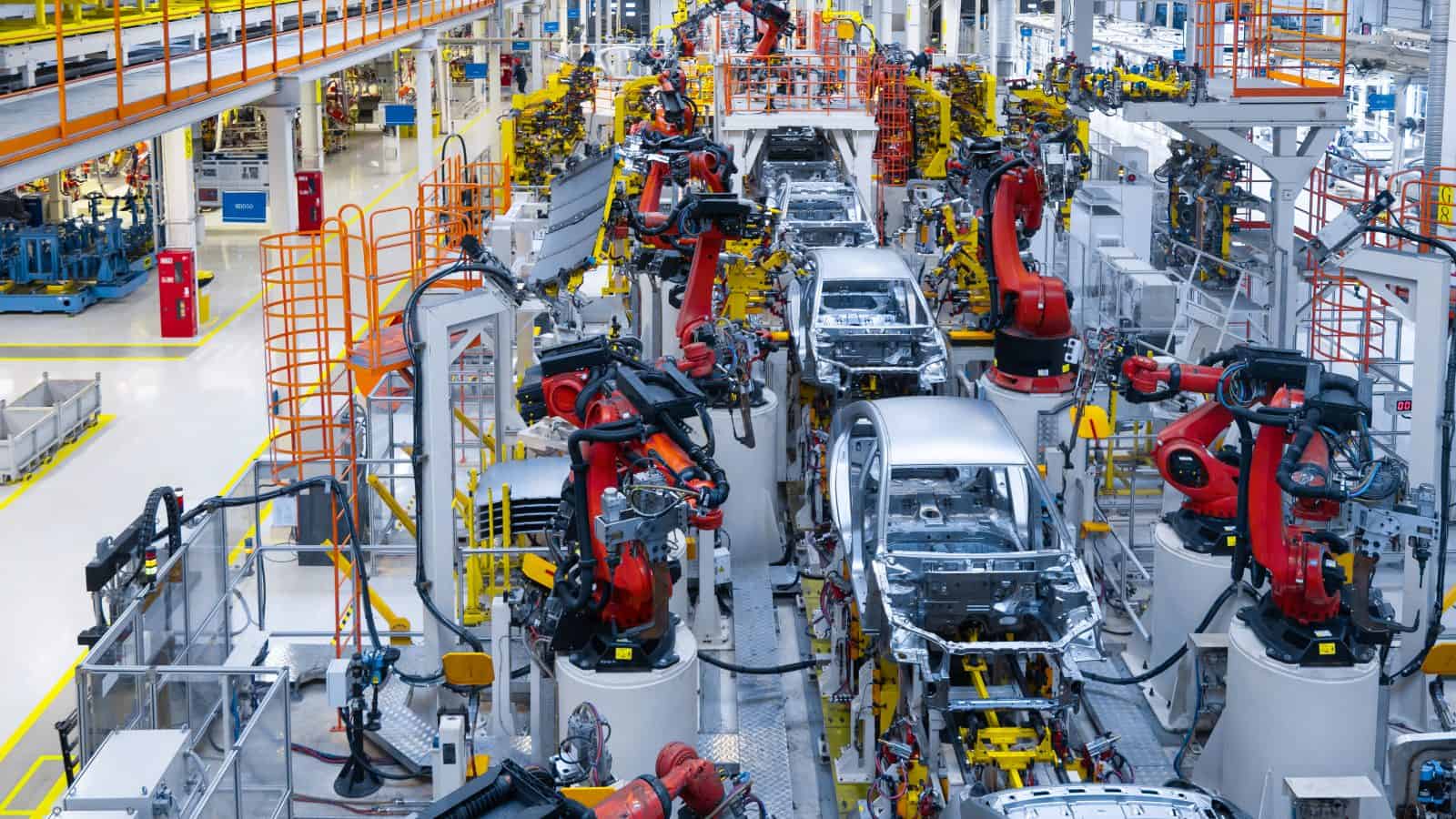Rethink 2021: Inspired by Nature – Redefining the Human-Machine Relationship with AI & Robotics
“The next 60 years will usher in an era where robots will become useful team-mates for people, helping them in both physical and cognitive tasks,” predicted the MIT’s Dr. Daniela Rus during her keynote session on the final day of the MLC’s 2021 Rethink Summit this week. “They will have a wide range of capabilities and will come in a variety of forms and materials, inspired by nature, by our built environment, and by our imagination.”
Rus, who is Andrew and Erna Viterbi Professor of Electrical Engineering and Computer Science, and Director of the Computer Science and Artificial Intelligence Laboratory (CSAIL) at MIT, continued: “Today we are surrounded by a world of digital opportunities. These possibilities only get larger when we start to imagine what we can do with advances in AI & robotics.”
Those advances will not only fundamentally transform the human/machine relationship, she believes, but will also lead to completely new kinds of production strategies and manufacturing business models.
“We assume that robots and AI will lead to fewer manufacturing jobs,” noted Rus, “but what if they really bring better jobs that allow workers to control production lines more finely and configure them rapidly for customized production? This could meet the rising demand for customization and personalization in almost everything we buy, and at an affordable price point. It would be a world where product templates get designed by specialists, customized by people at home, and fabricated locally. This means a whole new approach to production and jobs.”
Looking back, Rus identified three waves of robotics development so far: a first wave of large, constrained, and potentially dangerous industrial robots; a second wave of more flexible and autonomous robotics systems; and the current wave of automation where we are “building machines that can perform increasingly more complex physical and cognitive tasks in human-centred environments.”
This progress is being enabled by advancements in three interconnected fields, she noted, robotics, AI, and machine learning. She also acknowledged that there are tasks that people do better, and tasks where machines are better at the job. “The sweet spot today”, she said, “is to consider teams of humans and machines working together – to view machines as “Super-tools”, or as autonomous interns running errands or pouring over data for humans to act on.“
But while the last 60 years has been marked by robots mostly inspired by the human form, the next stage, Rus believes, will be more adaptive soft robots inspired by the animal kingdom and form diversity, by our built environment, and with far broader application potential. The future of AI-enabled robotics, she says, “will be inspired by nature – with machines becoming soft like materials, and materials becoming more intelligent like machines.”
To support her point, Rus showcased multiple examples of innovative lab prototypes based on computational design and leading-edge fabrication ideas already under development, from under-water robotic fish for sub-aqua applications, to origami-inspired grippers, to micro-bots that can choose different wraps depending on the tasks they need to perform, to robots that can interpret and mirror human muscle movements, to robots that harness deep learning systems to interact with human language and even respond to some instructions via human brainwaves.
“These are a good starting point for reimagining robots for production,” she added. “Imagine a world where if you can think it, you can make it. A world where anybody can create custom tools, custom robots, and custom products – on demand.”
So, as companies continue to embrace the use of autonomy and automation in manufacturing, Rus believes they need to be prepared for a constantly evolving manufacturing landscape in the years ahead that incorporates AI, robotics, and machine learning tools, and they should strive to better understand how these tools can impact all the processes in the factory, how to take advantage of those processes, and how to use computation and data in order to improve operations.
This, she stressed, requires developing both the right infrastructure and a workforce that is re-skilled to understand how to use the new tools, “because human/machine collaboration requires both better machines and humans who know how to leverage those machines.”
And companies need to start that process now. “It is not enough just to train the workforce of tomorrow,” Rus concluded. “We need to get serious about reskilling the workforce of today and cultivate a culture of agility and lifelong learning in every organization.”
